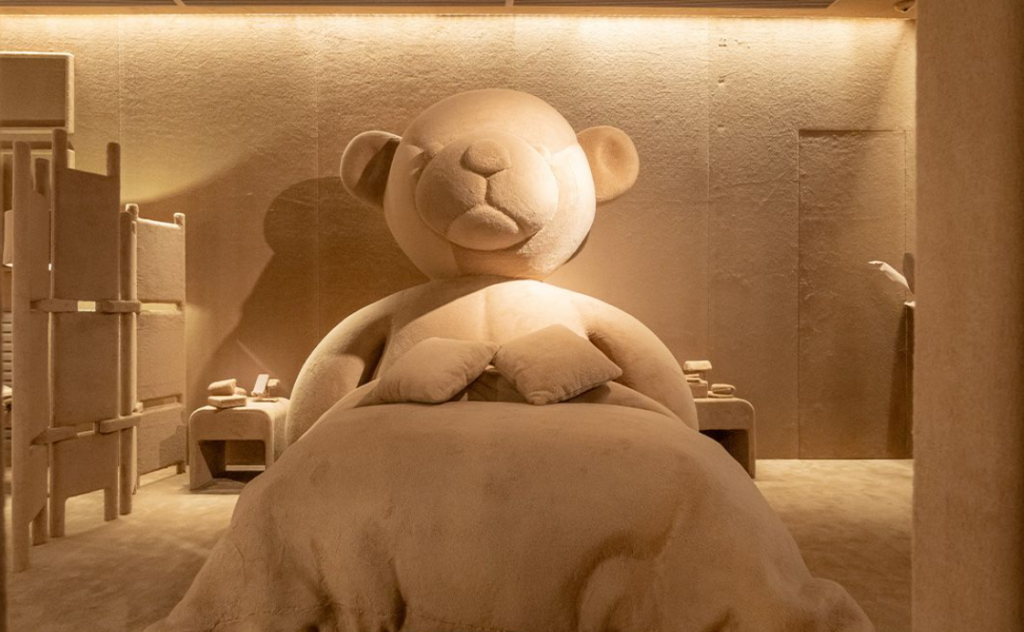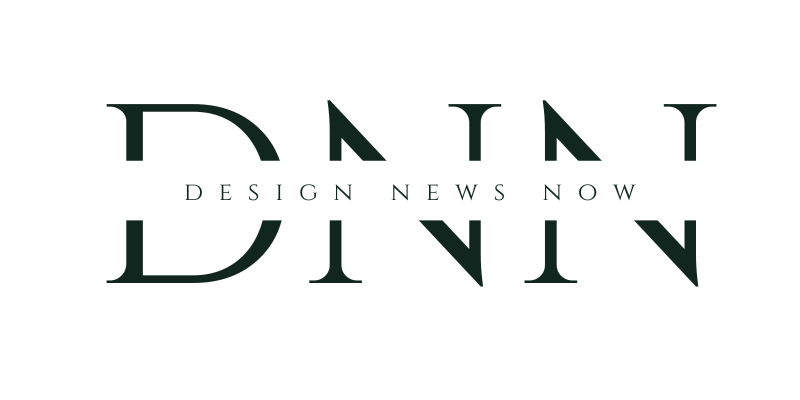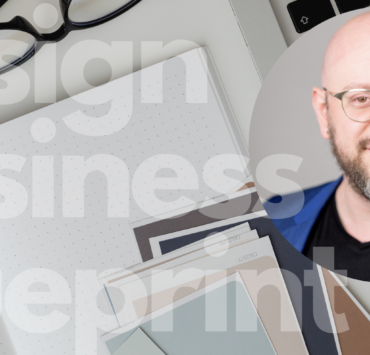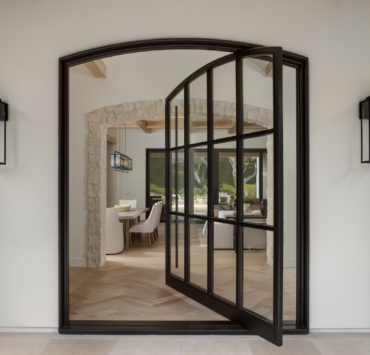We all encounter interesting articles, cool new products, bits of inspiration and other information in our daily lives that could spark fresh ideas for our businesses. FS, a New York-based trend forecasting and consumer behavior firm, holds a Show & Tell the first Wednesday of each month, convening several members of its team to share items that have caught their attention.
I love the idea and think it’s a practice that design firms, retailers and manufacturers might want to adopt, perhaps monthly or quarterly over lunch or breakfast, or as part of a regular staff meeting. Here’s some of what the FS team shared at the firm’s most recent Show & Tell. It gives you an idea of the breadth of intriguing information that emerges when people come together to share.
Combatting counterfeits
Counterfeit goods plague the high ends of industries from apparel to electronics to home furnishings. FS highlighted a recent Woman’s Wear Daily article that delves into the scale of the problem ($2.8 trillion of counterfeit goods are confiscated each year) and looks at Entrupy, a firm that uses AI to authenticate goods. One of Entrupy’s products, its Fingerprinting system, makes items traceable and tackles problems like thieves buying a pricey item, swapping in a fake and then returning that fake to get their money back while keeping the luxury product. “Designed to be easily implemented at the point of sale or shipping, Fingerprinting is an accurate way to ensure the product returned is the same as the product sold,” the WWD article says. So far, Entrupy’s tech is available to manufacturers and retailers. The FS team posited that a consumer version could be game changing.

“Antifurniture” is positive
The Design Museum in London recently hosted Antifurniture, an exhibit of wooden furniture by performance artist Fyodor Pavlov-Andreevich. The museum spread pieces throughout the museum and encouraged visitors to “climb, hide within and temporarily inhabit these sculptures to create your own experience.” According to the museum, the collection (co-designed by the artist, BoND Architecture and Olga Treivas, and fabricated by Oficina São João in Brazil) was intended to challenge “our understanding of furniture design.” Oh, to have been able to play among the pieces!
From “Full House” to high fashion
Another FS team member highlighted a Financial Times article exploring The Row, the apparel brand from actors-turned-entrepreneurs Mary-Kate and Ashley Olsen. The article — and brand — illustrate the concept of quiet luxury, and the interplay between timeless design and statement pieces, the FS team noted. The article also considers the potential for the Olsens to expand The Row into a lifestyle brand.
Teaming up
Fashion brand Diesel has launched a new endeavor, DIESEL❤VES, sharing its unsold fabrics and other resources for collaborative apparel collections with another brand that does the same. Profits from sales of the limited capsule collections will benefit UNHCR, the UN Refugee Agency. The effort showcases creative ways to advance both sustainability and philanthropy, while creating buzz and reaching new consumers.
Reevaluating returns
The boom in online shopping has been fueled, in part, by free and easy returns, but that is changing. The FS team highlighted a USA Today piece on more retailers charging fees for returned products: The percentage has jumped from 31% in 2022 to 40% in 2023. For now, the practice is most prevalent among mass market retailers, big boxes, department stores and the like, but isn’t confined to those sellers. A couple of things are driving the change, including the expense of processing returns and the environmental cost of the additional shipping and waste headed to landfills. If the practice continues to grow, it could encourage more in-store shopping — and more careful purchasing decisions.

For fun — and buzz-creating function
Max Mara celebrated the 10th anniversary of its Teddy Bear coat, which it describes as the “perfect alchemic combination of glamour and playfulness,” by creating the Fluffy Residences in London, Milan and Chengdu, China. Inside the fanciful havens, virtually every surface, from the kitchen to the living room, is covered in the company’s plush fabric. “The Teddy coat is no longer just a fashion accessory: It evolves into a lifestyle,” Max Mara says. The pop-ups are a great example of a brand celebrating in-person experiences — and going big to highlight what makes it unique. “The value here is creating consumer engagement that’s priceless,” the FS team says.




